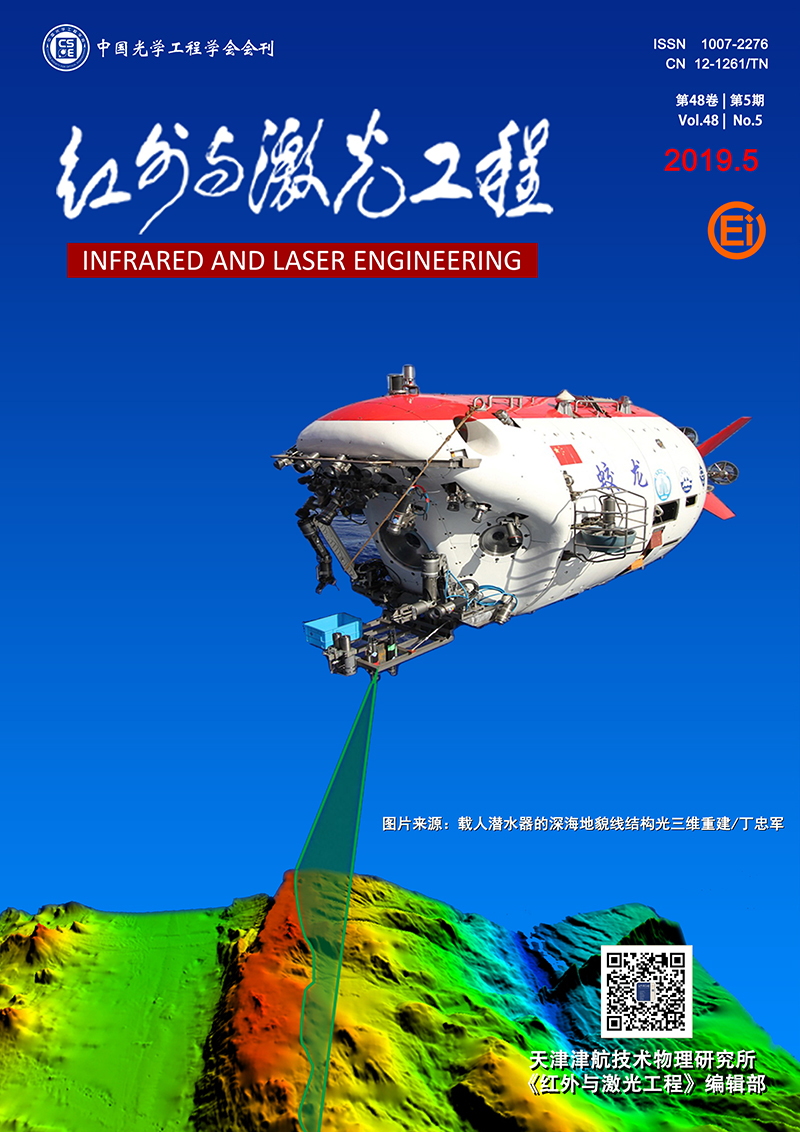|
[1]
|
Lei J, Li L, Yue H, et al. Depth map super-resolution considering view synthesis quality[J]. IEEE Transactions on Image Processing, 2017, 26(4):1732-1745. |
|
[2]
|
Liu Ziwei, Xu Tingfa, Wang Hongqing, et al. Theory and implementation of depth photography[J]. Infrared and Laser Engineering, 2016, 45(7):0726001. (in Chinese)刘子伟, 许廷发, 王洪庆, 等. 深度成像理论与实现[J]. 红外与激光工程, 2016, 45(7):0726001. |
|
[3]
|
Lei J, Zhang C, Fang Y, et al. Depth sensation enhancement for multiple virtual view rendering[J]. IEEE Transactions on Multimedia, 2015, 17(4):457-469. |
|
[4]
|
Wanner S, Goldluecke B. Globally consistent depth labeling of 4D light fields[C]//IEEE International Conference on Computer Vision and Pattern Recognition, 2012:1-8. |
|
[5]
|
Yu Z, Yu J, Lumsdaine A, et al. Plenoptic depth map in the case of occlusions[C]//Proceedings of Mobile Computational Photography, 2013:8667-8676. |
|
[6]
|
Yu Z, Guo X, Ling H, et al. Line assisted light field triangulation and stereo matching[C]//IEEE International Conference on Computer Vision, 2013:2792-2799. |
|
[7]
|
Kim C, Zimmer H, Pritch Y, et al. Scene reconstruction from high spatio angular resolution light fields[J]. ACM Transactions on Graphics, 2013, 32(4):1-12. |
|
[8]
|
Held R T, Cooper E A, Banks M S. Blur and disparity are complementary cues to depth[J]. Current Biology, 2012, 22(5):426-431. |
|
[9]
|
Tao M W, Hadap S, Malik J, et al. Depth from combining defocus and correspondence using light-field cameras[C]//IEEE International Conference on Computer Vision, 2013:673-680. |
|
[10]
|
Cao Y, Kai R, Jing Z, et al. Fast response aggregation for depth estimation using light field camera[C]//IEEE International Conference on Acoustics, Speech and Signal Processing, 2016:1636-1640. |
|
[11]
|
Suzuki T, Takahashi K, Fujii T. Disparity estimation from light fields using sheared EPI analysis[C]//IEEE International Conference on Image Processing, 2016:1444-1448. |
|
[12]
|
Li Yigui, Yan Ping, Huang Yuan, et al. Fabrication of PMMA micro lens array based on X-ray moving lithography[J]. Infrared and Laser Engineering, 2016, 45(6):0620001. (in Chinese)李以贵, 颜平, 黄远, 等. 基于X光移动光刻技术的PMMA微透镜阵列制备[J]. 红外与激光工程, 2016, 45(6):0620001. |
|
[13]
|
Buades A, Facciolo G. Reliable multiscale and multiwindow stereo matching[J]. SIAM Journal on Imaging Sciences, 2015, 8(2):888-915. |
|
[14]
|
Brox T, Bruhn A, Papenberg N, et al. High accuracy optical flow estimation based on a theory for warping[C]//European Conference on Computer Vision, 2004:25-36. |
|
[15]
|
Boykov Y, Kolmogorov V. An experimental comparison of min-cut/max-flow algorithms for energy minimization in vision[J]. IEEE Transactions on Pattern Analysis and Machine Intelligence, 2004, 26(9):1124-1137. |
|
[16]
|
Wanner S, Goldluecke B. Globally consistent depth labeling of 4D light fields[C]//IEEE International Conference on Computer Vision and Pattern Recognition, 2012:1-8. |
|
[17]
|
Jeon H-G, Park J, Choe G, et al. Accurate depth map estimation from a lenslet light field camera[C]//IEEE International Conference on Computer Vision and Pattern Recognition, 2015:1547-1555. |
|
[18]
|
Wang T C, Efros A A, Ramamoorthi R. Occlusion-aware depth estimation using light-field cameras[C]//IEEE International Conference on Computer Vision, 2015:3487-3495. |
|
[19]
|
Navarro J, Buades A. Reliable light field multiwindow disparity estimation[C]//IEEE International Conference on Image Processing, 2016:1449-1453. |









 DownLoad:
DownLoad: